CCTST IMPACT STORIES
Check out some of the impactful CCTST funded research projects from our investigators and community partners.
Rhonda Szczesniak, PhD
Cincinnati Children’s Hospital Medical Center
CCTST PTC Grant Awardee
RESEARCH FOCUS
Early work developing methods to understand change in lung function.
IMPACT
Applied findings to real world setting of cystic fibrosis (CF).
Useable tool to predict risk of rapid lung function decline, leading to more proactive treatment for CF progression.
Ming Tan, PhD
Cincinnati Children’s Hospital Medical Center
Research Focus
Develop a multi-functional platform for vaccine development.
IMPACT
Identified a universal platform for multivalent vaccine development: a nanoparticle-based vaccine against influenza virus.
Helped him build the foundation for shifting to the needs focused on COVID-19 research.
Karla Washington, PhD
University of Cincinnati College of Allied Health Sciences
Research Focus
Understand how speech production development differs in bilingual and multilingual versus monolingual learners.
IMPACT
Validated theoretical models and practical tools for speech-language pathologists to assess speech development in multilingual children.
Real-world impact on care decisions for children and care management decisions by school systems that serve multicultural communities.
Yoonjee Park, PhD
University of Cincinnati College of Engineering
CCTST K Scholar Program Graduate
Research Focus
Creating targeted drug-delivery systems that reduce side effects for patients with chronic posterior eye diseases.
IMPACT
Invented and patented a biodegradable drug delivery device that is activated by light, which would allow for on-demand dosing.
Could improve the quality of care and of lives.
Moises Huaman, MD, MS
University of Cincinnati College of Medicine
CCTST K Scholar Program Graduate
Research Focus
The benefits of using convalescent plasma on COVID-19 patients.
IMPACT
Found a 54% relative risk reduction in COVID-19 related hospitalizations among study participants who received convalescent plasma, compared to participants who received control plasma.
Convalescent plasma could be useful to treat COVID-19.
The Infectious Diseases Society of America suggests considering convalescent plasma among ambulatory patients with mild to moderate COVID-19 at high risk for progression to severe disease who have no other treatment options.
Arun Jose, MD, MS
University of Cincinnati College of Medicine
CCTST K Scholar Program Graduate
Master of Science in Clinical & Translational Research Training Graduate
Research Focus
Studied national transplant records from the UNOS/OPTN database, clarifying the relationship between hepatopulmonary syndrome (HPS) disease severity and outcomes following liver transplant.
IMPACT
Identified high-risk HPS patients who may require additional resources to successfully undergo lifesaving liver transplantation.
Sheds further light on the relationship between lung disease and liver disease.
Alexandra Corley, MD, MPH
Cincinnati Children’s Hospital Medical Center
CCTST K Scholar
Research Focus
Exploring how parents who have children with sickle cell disease use primary care.
Using the clinical setting to better meet the needs of patients and families and to combat health inequity.
IMPACT
The findings from this work could be important pilot data to develop a co-management intervention.
Chidiogo Anyigbo, MD
Cincinnati Children’s Hospital Medical Center
CCTST K Scholar
Research Focus
The association between household health-related social needs within the first 4 months of life and behavioral functioning at 6 months in newborns.
IMPACT
Household food insecurity and benefits issues within the first 4 months of life were significantly associated with adverse infant behavioral functioning at 6 months.
Relevance for infant/child health as well as the on-going conversations in Congress about fully funding the Women, Infants, and Children Program (WIC).
Joo-Youp Lee, PhD
University of Cincinnati College of Engineering
Research Focus
Novel ROS-Responsive Doxorubicin prodrug delivery system for cancer treatment.
Partnership between Departments of Chemical Engineering and Pediatrics.
IMPACT
Has potential to significantly improve the effectiveness and reduce the side effects of a commonly used chemotherapy drug.
Adaptable nature of prodrug delivery system opens avenues for combination therapies.
David Moore, PhD
Cincinnati Children’s Hospital Medical Center
Research Focus
Hearing loss is a major and growing public health concern, especially in low- and middle-income countries (LMICs) where about 80% of the world’s population with hearing loss reside.'
Research proposes to validate and then trial an innovative mHealth model for end-to-end hearing care facilitated by community health workers.
Study offers innovative mobile health solutions, focusing on the fitting and support of good quality low-cost hearing aids by community health workers.
IMPACT
If successful, this approach could be scaled up to address hearing health care for underserved populations globally.
Findings will also open the gate to international adoption of this innovative, mHealth driven, community-based model of hearing care.
Natalja Stanski, MD
Cincinnati Children’s Hospital Medical Center
CCTST K Scholar Program Graduate
Research Focus
Examined the association between serum renin levels and the development of severe sepsis-associated acute kidney injury in a cohort of children with septic shock.
IMPACT
Children with septic shock had very elevated serum renin levels on admission, and children who continued to have high levels at day 3 were more likely to have severe acute kidney injury and require renal replacement therapy.
This small pilot study is the first to describe this association in critically ill children. Dr. Stanski is working to expand this work to a larger cohort.
City of Cincinnati Health Department
Research Focus
To identify and decrease the amount of unsafe sleep environments and provide education on save sleep to those receiving services through the Cincinnati Health Department.
IMPACT
100% followed safe sleep practices (140 women).
Developed new partnerships to expand to distributing >600 pack-n-plays for safe sleep (which is now the standard).
Strong partnership with Cradle Cincinnati
Saw nearly 20% decrease in infant mortality.
Amie Duncan, PhD
Cincinnati Children’s Hospital Medical Center
CCTST K Scholar Program Graduate
Research Focus
Daily living skills are impaired in high functioning adolescents with autism spectrum disorder (ASD).
Trialing an intervention for adolescents with high functioning ASD and their parents that targets the acquisition, mastery, and generalization of daily living skills.
IMPACT
A daily living skills intervention has the potential to directly affect current functioning and future adult outcomes in adolescents with high functioning ASD by increasing capabilities for skills that are needed to be successful in independent living and employment.
Anna Esbensen, PhD
Cincinnati Children’s Hospital Medical Center
Research Focus
Lack of cognitive outcome measures represents an important problem to interpreting clinical trials aimed at improving the lives of individuals with Down Syndrome.
The proposed project will establish the reliability and validity of a battery of cognitive outcome measures for school-age children with DS.
IMPACT
Study will provide critical guidance for future efficacy and effectiveness trials.
13 publications from this R01 to date that will inform the design of future trials.
Patty Vega Fernandez, MD
Cincinnati Children’s Hospital Medical Center
CCTST K Scholar Program Graduate
CCTST R Club Participant
Master of Science in Clinical & Translational Research Training Graduate
Research Focus
Awarded a K23 to address the feasibility and reliability of musculoskeletal ultrasound (MSUS) in Juvenile Idiopathic Arthritis (JIA).
Study highlights whether a 10-joint focused MSUS score can serve as a diagnostic imaging tool to provide an accurate assessment of both clinical and biologic activity of inflammation over time in children with JIA.
IMPACT
Accurate detection of joint inflammation may support safer and more appropriate choices for the treatment of arthritis.
Findings can improve the outcomes and quality of life of children with Juvenile Arthritis.
The following projects are designed by the Live Well Collaborative. The Live Well Collaborative uses a validated design thinking process to translate user centered research into products and services that meet the needs of the end user.
Foster Care iCare Guide
Research Focus
Explore ways to educate foster youth in Hamilton County transitioning to the adult healthcare system, on the importance of preventative healthcare and how to make decisions regarding their own healthcare.
IMPACT
Identified parallels in youth experiences - revealed an understanding of what the average journey looks like for foster youth and identified key points where design could help to solve healthcare problems.
Co-created an 80-page healthcare guide with healthcare providers. Booklets are intended to help spark conversations between teens and their healthcare providers, and to serve as a quick, accessible reference for healthcare information.
Multiple teens who received the guide claimed it is one of their most prized possessions, taking it with them even after moving away and leaving the study.
IDENTITY Portal
Research Focus
Design an interface for a web portal that creates a comprehensive look at foster youths’ medical records and case background for both Cincinnati Children’s Hospital Medical Center and Hamilton County Jobs & Family Services stakeholders.
IMPACT
Presented the IDENTITY web portal (website was officially launched in January 2016):
Main portal – executes the tangible and intangible insights, creating a dynamic layout that satisfies stakeholder needs. Consists of pages organized under the following categories: Primary contacts, HCJFS summary, Health information, Referrals and appointments, and Medical background.
Admin portal – a space where admin can add or search users, also allows for data discrepancies to be resolved.
Navigation – dropdown sections are primarily used to obtain a clean layout and give users information in digestible chunks.
HealthHero
Research Focus
Design a portable, electronic health record (EHR) to address the needs of emancipated foster youth.
Empower youth to take ownership of their own health data and improve health outcomes while they transition from pediatric to adult healthcare.
IMPACT
Presented the final, web-based application, HealthHero.
Site is broken into four main sections — personal information, health information, custody information, and life skills.
Each section is framed to help emancipated foster youth better understand their health and custody history and prepare them for living on their own.
Anesthesia Induction Redesign
Research Focus
Anesthesia induction for children is a time of high stress and anxiety that can be a traumatic experience.
Create a fun, interactive and sustainable method for providing distraction to children during the anesthesia induction process.
IMPACT
Concepts that were developed as interventions for the Cincinnati Children’s Hospital Medical Center:
Zoo Journey App Design – an interactive educational breathing game designed to turn the child’s time at the hospital into a fun learning experience.
Breathing Device Design – an interactive product that visually and audibly engages the patient by providing feedback on their breathing.
Functional Prototypes – created working prototypes of both the app and the device to test and develop patient interaction.
Sickle Cell Educational Tool Kit
Research Focus
Modernize educational materials and tools to better serve the Sickle Cell Disease (SCD) patient family population.
Develop a Parent SCD Handbook to provide comprehensive information and anticipatory guidance regarding a child’s SCD and associated treatments and possible SCD complications.
Develop a strategy to expand access to educational materials.
IMPACT
Created working prototypes for all concepts:
My Care Journey (print) – booklet has been manufactured and given to patients.
SCDcare.org (digital) – partnered with a developer, website is being constructed.
Educational Tools (human) – prototyped and handed off to the care team to be used during clinical visits.
CPR Toolkit for IDD Learners
Research Focus
Design a CPR toolkit to fit the needs of IDD (intellectual or developmental disabilities) learners in CPR certification courses.
Create a cohesive system around the prototype while incorporating a process to teach community trainers the basics of teaching alternative learners and providing a greater awareness of CPR in communities.
IMPACT
Final toolkit includes three separate areas of learn, practice, and play.
Includes a skill book, which teaches learners the basics of CPR, a set of manikins and an AED to practice the skills they have learned, and a board game, which rewards players for answering questions and doing skills correctly.


















